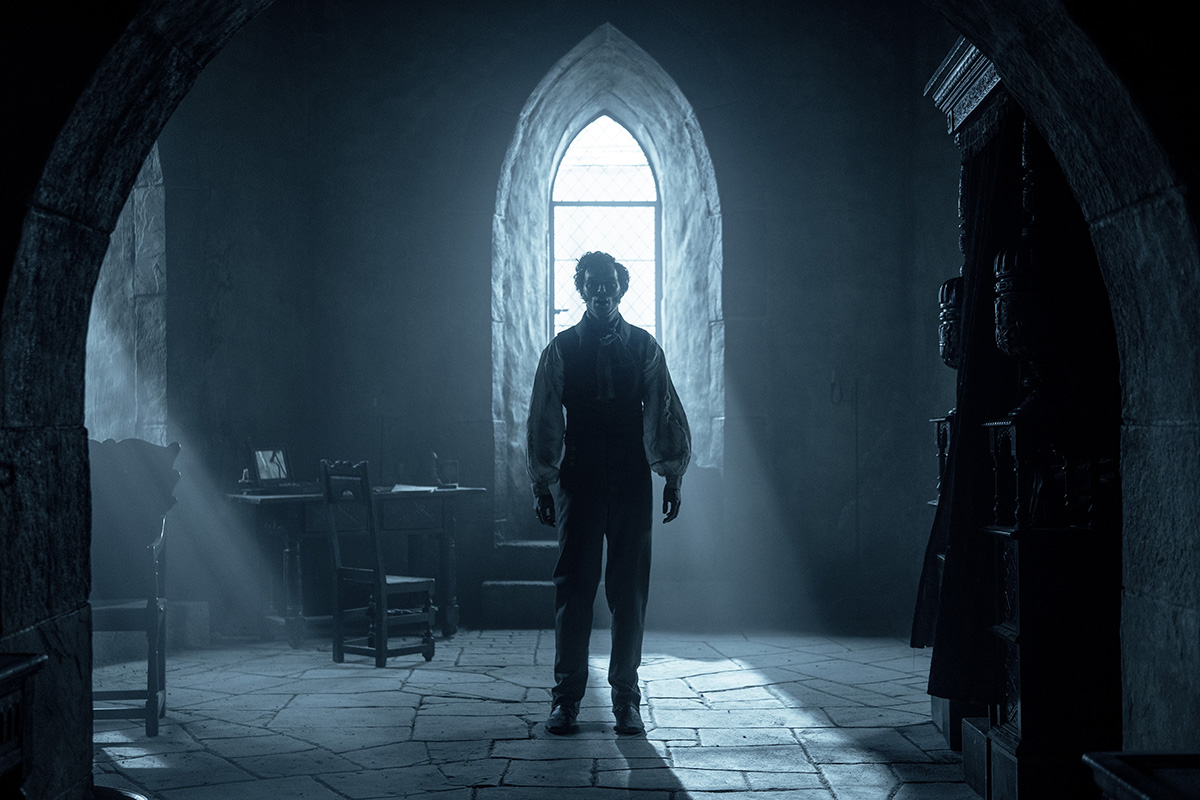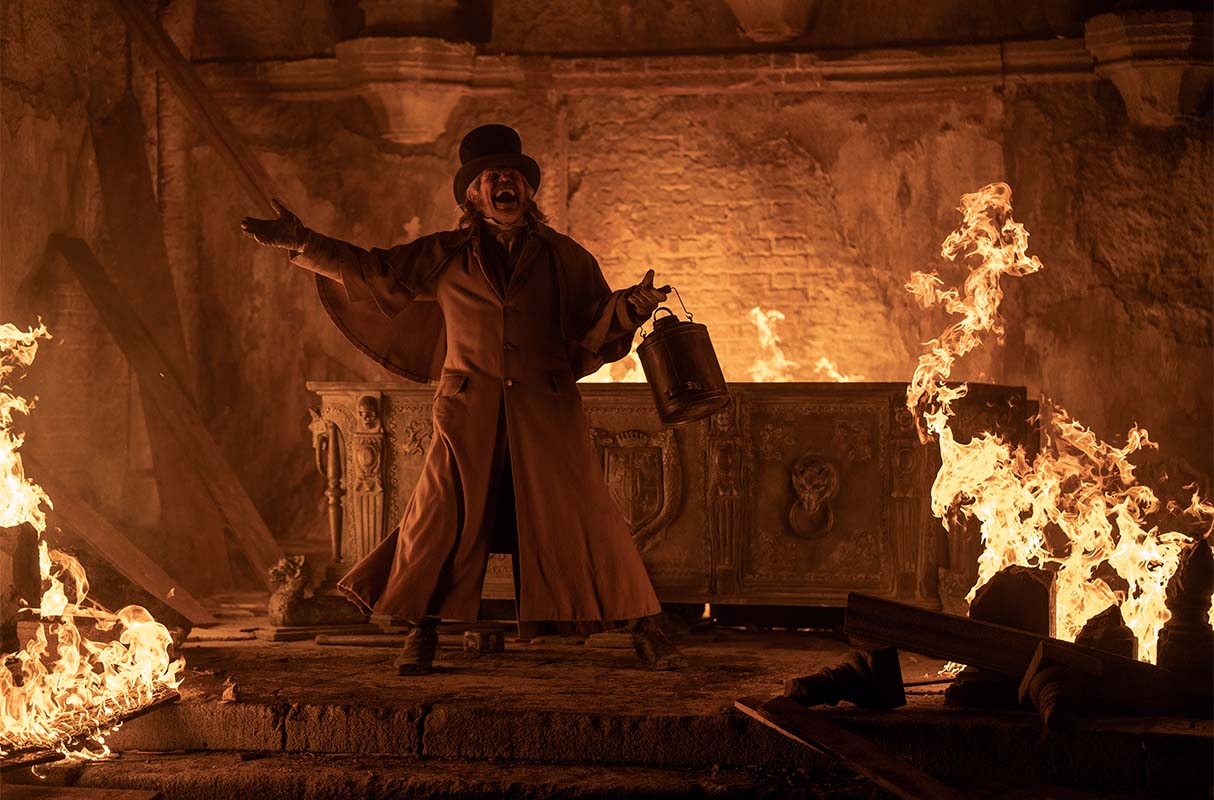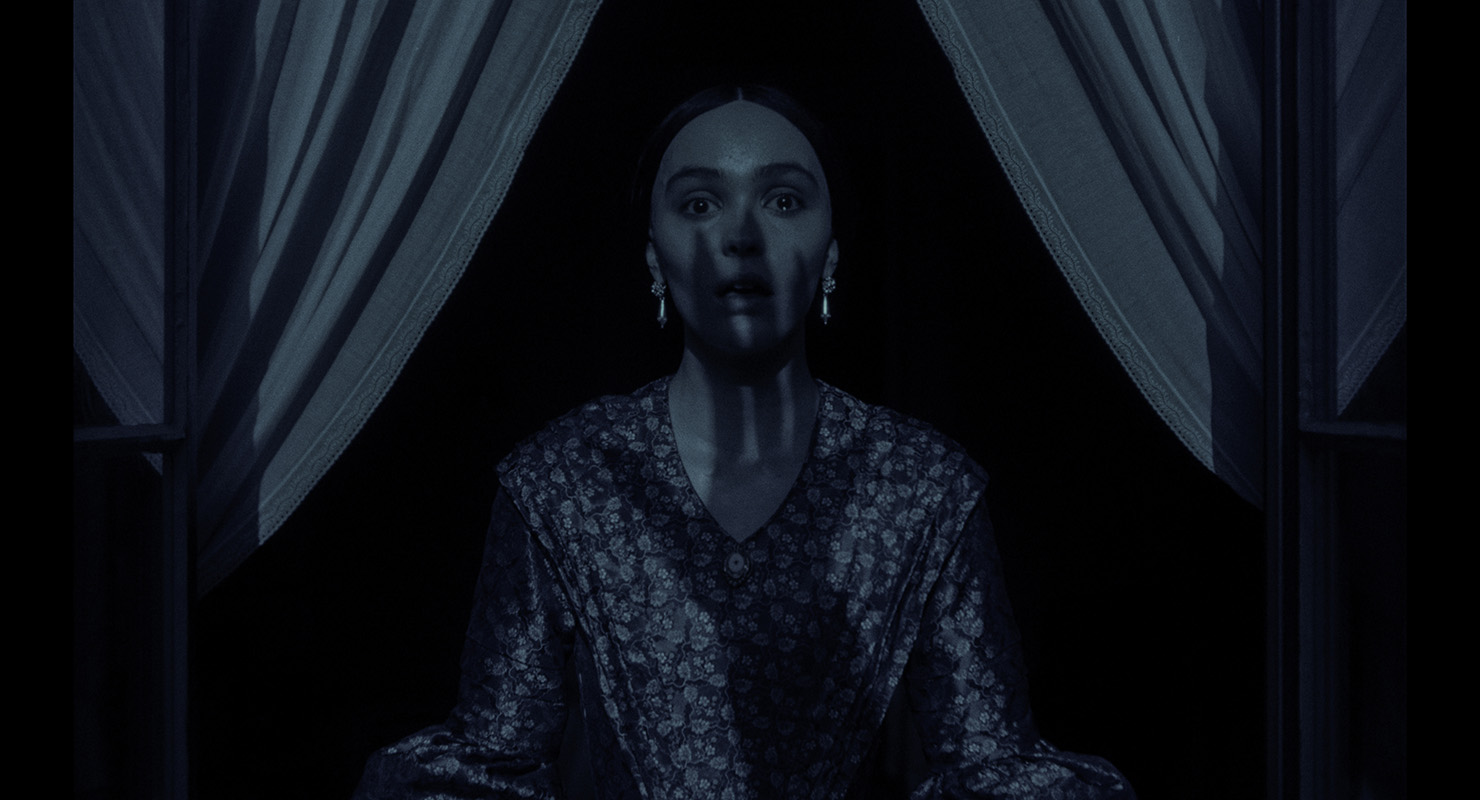One movie, two cinema experiences: how watching Nosferatu taught me a valuable AV lesson
Sound really makes all the difference

There’s a reason you buy a ticket to see a movie at the cinema beyond just wanting to watch the latest releases. You go there for the big screen and the immersive sound which is difficult to replicate completely at home. Whether you’re watching Wicked, the perfect popcorn muncher, or the tear-jerking romance We Live in Time, the cinema’s got you covered. Not only that, but the shared experience of watching a film with others is something special.
Robert Eggers’ take on Nosferatu was the latest film to pique my interest and get me into the movie theatre, scratching my horror movie itch. For the uninitiated, Egger’s Nosferatu is a remake of the 1922 film, which itself was an unauthorised adaptation of Bram Stoker’s Dracula. It follows Lily Rose Depp’s Ellen as she is plagued by the nightmarish presence of Count Orlok, a vampire obsessed with claiming her as his bride. Ellen’s husband Thomas (played by Nicholas Hoult) is sent unknowingly to the home of Orlok in deepest Transylvania, and soon is also caught in his web.
In typical What Hi-Fi? fashion, much of our conversation revolves around what films we have seen recently. Myself and editor-in-chief Alastair Stevenson saw Nosferatu separately and at different cinema chains, and found we had wildly juxtaposing experiences based on the cinema’s sound set up. Here’s how two different cinema set-ups made all the difference to our thoughts on Nosferatu…
Sound as the director intended


Whether it’s the rising tension as the killer approaches the shower curtain in Psycho or the intense sense of dread that develops as you hear monsters approaching from above in THAT scene from Annihilation, if you don’t hear what the director intended you’re missing out.
Nosferatu is a movie I’ve since added to my growing list of movies that prove this point. So much so that when I saw it in Picture House Central, I was already making notes on which scenes we could use for testing when the 4K Blu-ray comes out.
Make no mistake Robert Eggers is a master of using sound to build dread and here one scene in particular stands out. It’s when one of the protagonists is making his way to a castle at the dead of night.
During it, though the forest is scary, it's the noises coming from the dark that truly get the hairs standing on the back of your neck. This is especially true as you hear the rumbling sound of a carriage and hungry wolves descending on the helpless man from different directions. As each sound gradually grows in intensity and the direction moves closer to the centre of the screen, it’s impossible not to get truly enthralled and genuinely fear for his fate.
The same is true in the castle, where you hear, but never see the bumps in the night. Many of these are so subtle you’d lose them entirely on a poor sound system but are oh so important as they, not the gore, are what had my wife and I at the edge of our seats and completely enthralled with the film.
The importance of subtlety over scale


I, on the other hand, saw the horror hit at a mainstream UK chain that I will refrain from naming. As a self-proclaimed scaredy cat, I have not seen a great deal of horror films on the big screen so I had prepared myself with a big hoodie to hide behind if things got too spooky.
What I hadn’t prepared for was the barrage of sound I was blasted with whenever there was the slightest hint of tension. With horror films especially, the temptation for cinemas is to crank the volume up and let the dynamics do the rest to make the audience jump.
But instead of creating tension with a slow creeping of volume like Eggers intended, this cinema opted for a set up that was simply too loud. When Bill Skarsgård’s Count Orlok appears to Ellen outside her window, Robin Carolan’s nuanced score is drowned out by the overwhelming operatic sting. Ideally, you want to be able to hear the soundtrack and dialogue in equal measure, at least to the point where they don’t distract from each other.
As the film continued, I was getting more annoyed at how the cinema had adjusted their set up. What was particularly frustrating was that I could tell the soundtrack was really good. I’ve listened to the score separately, and its chilling violin plucks create a feeling of fear even without the visuals.
But I just didn’t get that same experience at the cinema, as I was legitimately plugging my ears at the loudest points, as was my friend next to me. I’m looking forward to watching the film in our test room very soon where I can perfect the sound and experience it the way the director intended. Not everyone has the chance to do that, though, so it’s a shame that some cinemas are not making the effort to give audiences what they deserve.
There’s certainly a balance to be struck between scale and dynamic expression when it comes to sound, especially on the big screen. Perhaps the answer is to speak to the cinema staff and simply ask them to turn it down a notch? But then you run the risk of missing key parts of the film, and where’s the fun in that.
A more introverted approach could be to research reviews of the audio quality before you go to see if there have been complaints in the past. One thing is for sure: sound quality, at home or in the cinema, can make or break your enjoyment of a film.
MORE:
These are the best projectors we recommend
Get the What Hi-Fi? Newsletter
The latest hi-fi, home cinema and tech news, reviews, buying advice and deals, direct to your inbox.
And here are the best OLED TV deals right now
Check out the best soundbars on offer
Robyn Quick is a Staff Writer for What Hi Fi?. After graduating from Cardiff University with a postgraduate degree in magazine journalism, they have worked for a variety of film and culture publications. In their spare time, Robyn can be found playing board games too competitively, going on cinema trips and learning muay thai.
- Alastair StevensonEditor in Chief